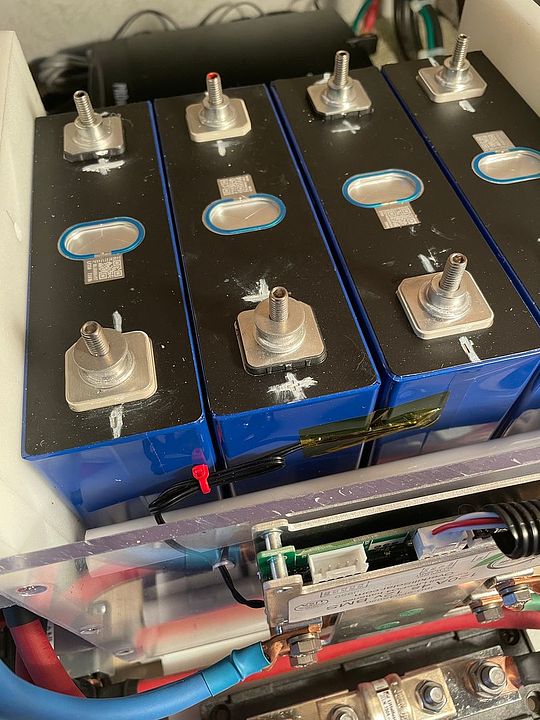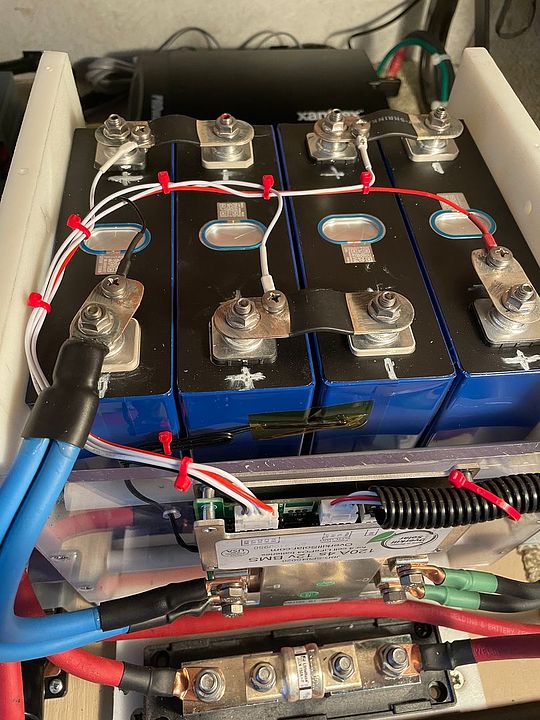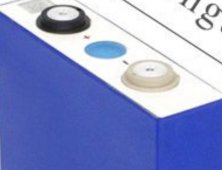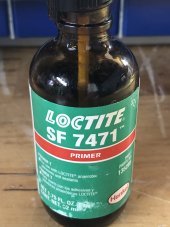I bought some 90ah EVE cells from Basen with the intent of making two 4s batteries for my fishing boat trolling motor. They finally got delivered and I was a bit surprised to see the M4 terminal screws. I should have looked at the specs more closely before ordering, but here we are. I'm a bit concerned that the tiny screws won't stand up to waves while fishing. I plan to strap the cells together well, and then house them in a watertight gun case (secured with foam), which will also be strapped down to the boat, so they should be pretty secure, but it still worries me. I thought of getting M4 to M6 adapters and threadlocking them in, but that isn't resolving the issue of the small threads. I also thought about trying to retap to M6, but I don't want to risk damaging the cells.
Any thoughts on this situation? Should I just focus on securing everything really well and stick with the original screws? Maybe get M4 studs and loctite those in, then use a nut on top of the terminal rings to make sure I have full thread depth inside the terminal? Any input would be appreciated!
Thanks
Josh
Any thoughts on this situation? Should I just focus on securing everything really well and stick with the original screws? Maybe get M4 studs and loctite those in, then use a nut on top of the terminal rings to make sure I have full thread depth inside the terminal? Any input would be appreciated!
Thanks
Josh






